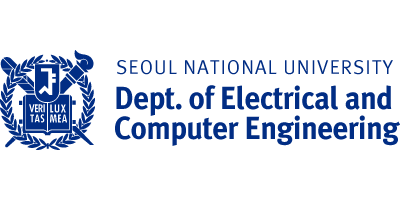[Veritas Alpha] Seoul National University – Incheon National University Joint Research Team Develops an Optimum Design Configuration for TFTs and QLEDs
Development of Convertible TFT Types and QLED Component Structures for Stable Display Operation and Proposal of an Efficient Approach to AM-QLED Integration
[Reporter Won-seok Park of Veritas-alpha] Seoul National University's College of Engineering announced on the 27th that the joint research team of Professor Jeong-Hun Kwak from the Department of Electrical and Computer Engineering and Professor Sung-Hun Jin from Incheon National University's Department of Electronic Engineering, has developed TFT types (n-type, p-type) and QLED device structures that can stably drive AM-QLEDs (Active Matrix Quantum Dot Light Emitting Diodes) through research on the optimal combination of SWNT TFTs and red QLEDs.
Currently, self-emissive QLEDs offer various form factors such as transparency, flexibility, and stretchability, and they have been finding diverse applications recently, including AR/VR, heads-up displays, and outdoor displays. To drive these self-emissive QLEDs reliably and efficiently, the development of AM-QLEDs is needed.
However, the development of AM-QLEDs requires type conversion of TFTs to achieve an optimal circuit combination in the component structure of red inverted/conventional QLEDs. The research team stated that they achieved such conversion of intrinsically p-type SWNT TFTs to n-type TFTs by introducing silicon nitride (Si3N4), which can be reliably doped onto large areas, to the SWNT channel by plasma enhanced chemical vapor deposition.
AM-QLEDs driven by p-type/n-type SWNT TFTs exhibit advantages such as fast response time, low power consumption, and high compactness. The research team developed red inverted/conventional QLED devices with high current efficiency for high-efficiency and long-lasting red QLEDs by adjusting the composition of the inner shells that the quantum dots are composed of. Through research on circuit combinations of TFT types and QLED device structures, compatible process methods, and material development, they successfully implemented demonstrations of AM-QLEDs, illuminating the letters 'S', 'N', 'U', and 'I'.
This research offers various approaches for the investigation on optimal TFT – QLED combinations needed for driving AM-QLED displays, and it is expected to be applicable to platform research aimed at efficiently integrating TFT-QLED display systems.
The results of this research were published online on the 25th in 'Advanced Materials,' one of the most prestigious journals in the field of materials, nanotechnology, and science. The research was carried out as part of the Ministry of Trade, Industry and Energy's technology innovation program, Seoul National University's Creative Leading New Researchers Program, and Korea Research Foundation’s support project.

 Image of Optimal QLED-TFT based Operation Circuit / Pictures from SNU
Image of Optimal QLED-TFT based Operation Circuit / Pictures from SNU
Source: https://www.veritas-a.com/news/articleView.html?idxno=478342
Translated by: Jiyong Yoo, English Editor of the Department of Electrical and Computer Engineering, cyoo7@snu.ac.kr


